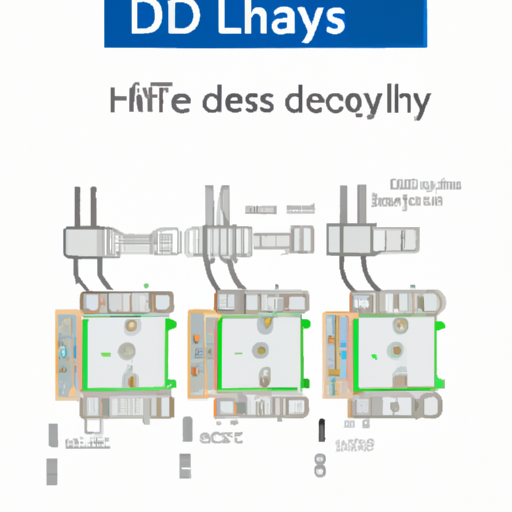LT318AH Delay Lines: Core Functional Technologies and Application Development Cases
Delay lines, such as the LT318AH, are pivotal components in various electronic and communication systems, providing controlled delays for signals. Below, we explore the core functional technologies and application development cases that highlight the effectiveness of delay lines, particularly the LT318AH.
Core Functional Technologies of Delay Lines
| 1. Signal Processing | |
| 2. Time Alignment | |
| 3. Data Communication | |
| 4. Analog and Digital Applications | |
| 5. Adaptive Filtering | |
| 1. Audio Processing | |
| 2. Telecommunications | |
| 3. Radar Systems | |
| 4. Image Processing | |
| 5. Control Systems | |
Application Development Cases
Conclusion

The LT318AH delay line exemplifies the versatility and importance of delay lines in modern electronic systems. From audio processing to telecommunications and beyond, these components play a critical role in ensuring signal integrity and system performance. As technology continues to evolve, the applications for delay lines will likely expand, making them a vital area of focus for engineers and developers. The ongoing advancements in delay line technology will further enhance their capabilities, leading to innovative solutions across various industries.
LT318AH Delay Lines: Core Functional Technologies and Application Development Cases
Delay lines, such as the LT318AH, are pivotal components in various electronic and communication systems, providing controlled delays for signals. Below, we explore the core functional technologies and application development cases that highlight the effectiveness of delay lines, particularly the LT318AH.
Core Functional Technologies of Delay Lines
| 1. Signal Processing | |
| 2. Time Alignment | |
| 3. Data Communication | |
| 4. Analog and Digital Applications | |
| 5. Adaptive Filtering | |
| 1. Audio Processing | |
| 2. Telecommunications | |
| 3. Radar Systems | |
| 4. Image Processing | |
| 5. Control Systems | |
Application Development Cases
Conclusion

The LT318AH delay line exemplifies the versatility and importance of delay lines in modern electronic systems. From audio processing to telecommunications and beyond, these components play a critical role in ensuring signal integrity and system performance. As technology continues to evolve, the applications for delay lines will likely expand, making them a vital area of focus for engineers and developers. The ongoing advancements in delay line technology will further enhance their capabilities, leading to innovative solutions across various industries.













